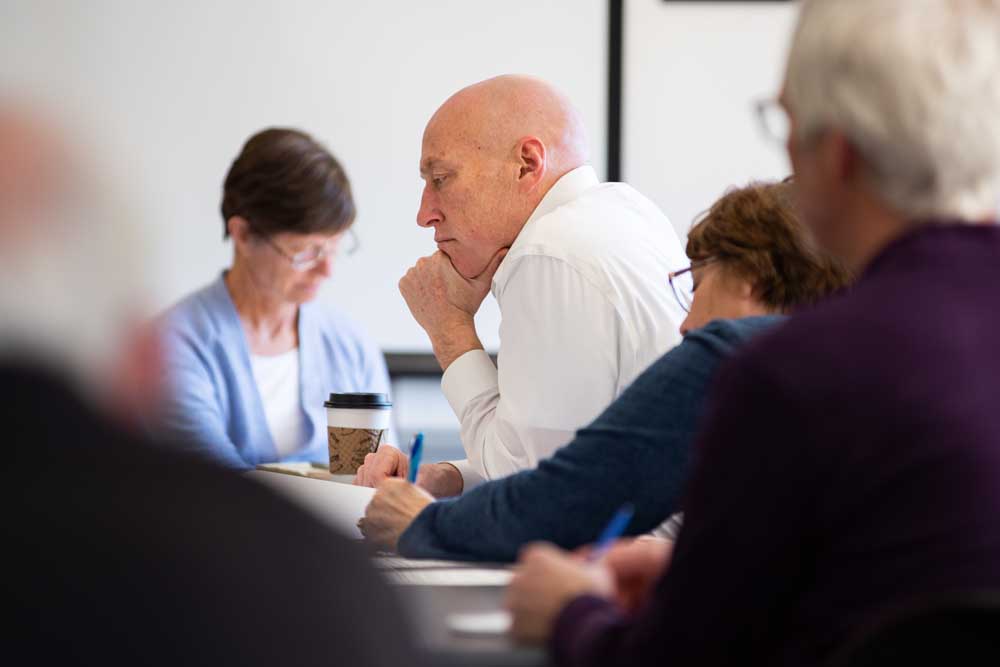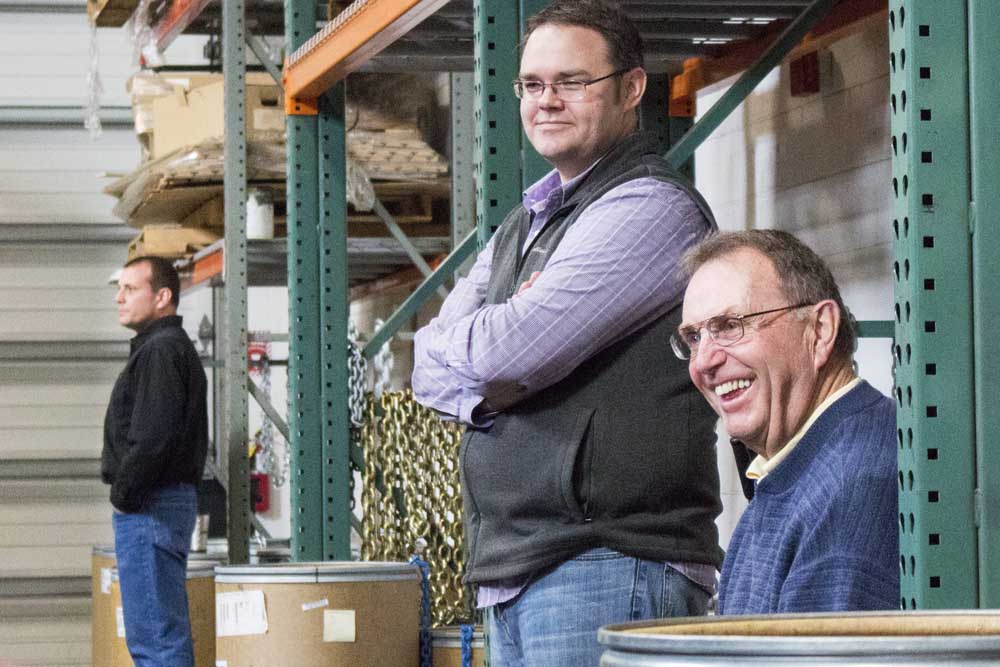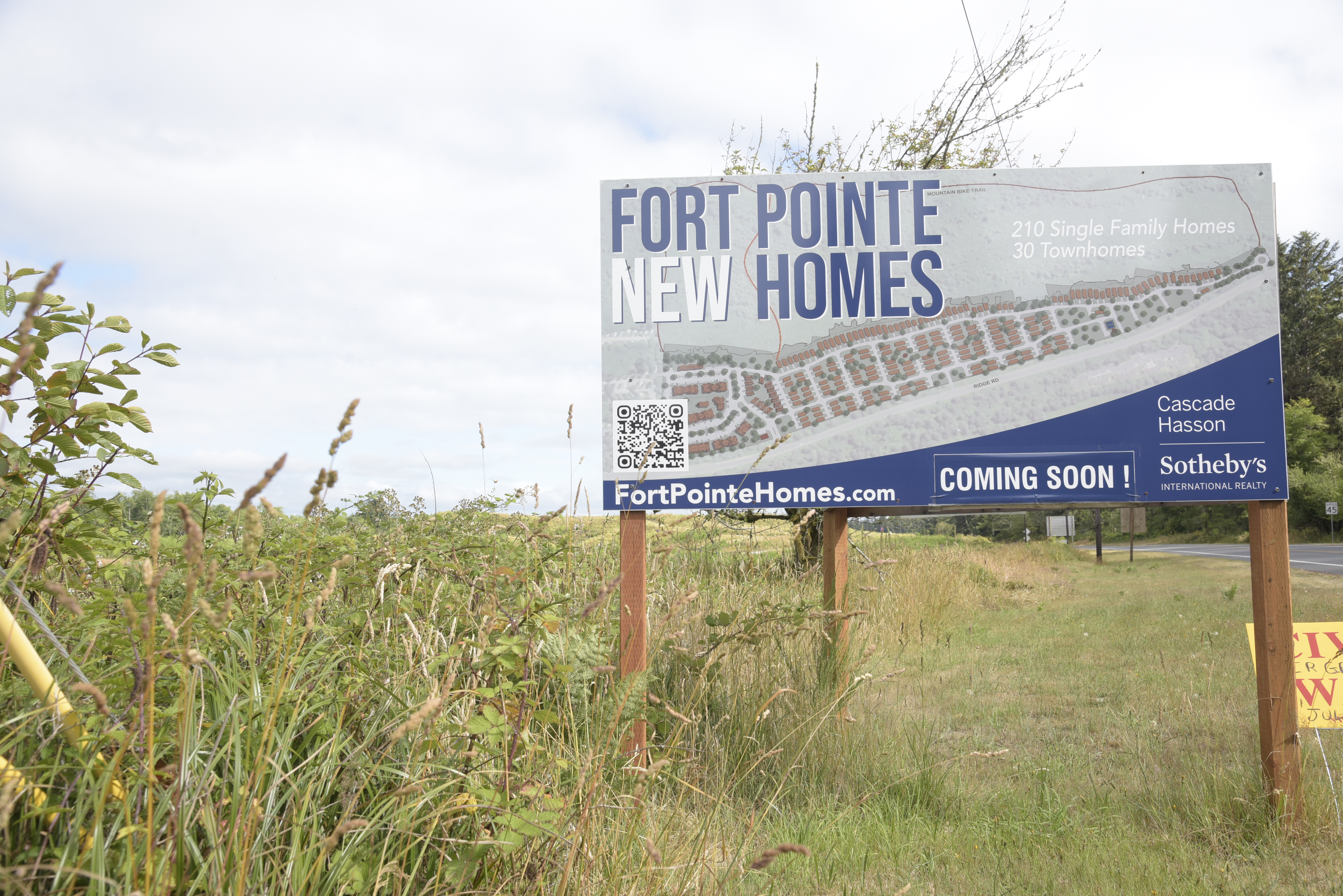Forever Fit: Kicking back at historic Kirkwood Ranch
Published 5:00 pm Wednesday, September 21, 2005
Hells Canyon National Recreation Area – The Snake River canyon is like no other. Rock walls, in some places higher than 7,000 feet, tower above the water, which is named for the sign language Native Americans used to explain the river’s wavering course to the first outsiders. The river stretches about 75 yards across at the bottom of this abyss, North America’s deepest canyon and more commonly called Hells Canyon. Oregon hugs one side, Idaho the other. But these are merely boundaries on a map; the canyon and its people are a world unto themselves.
Trending
The Kirkwood factorKirkwood is a former historic sheep ranch within the Hells Canyon National Recreation Area, a swath of land that extends from Hells Canyon Dam 31.5 miles north to Pittsburgh Landing. People sign up with the National Park Service to serve as resident caretakers for one-month stays at Kirkwood. Gene and Judy Walker from Priest River, Idaho, are two such folks, and they invited Michael and Jennifer Bunch from Svensen, and Arlene Layton and me to visit for a few days.
Now Kirkwood isn’t easy to reach – the only way in is by hiking, horseback or via a jet boat ride that originates in Lewiston, Idaho, well downstream. The four of us hoof the rocky undulating six miles from Pittsburgh, a tiring trudge that takes us the better part of a day. When we arrive in late afternoon, Judy and Gene are waiting for us with comfy lawn chairs and cold beers. As we find out during the next three days, this is typical canyon hospitality.
We also learn that Gene and Judy are throwbacks to another time, when folks relied on their wits and wiles to survive, and canyon life revolved around the river, the seasons and the occasional mail boats that brought the only word from the outside world. Nobody has lived year-round in the National Recreation Area since the “feds,” as locals like to call U.S. Government officials, took over three decades ago.
Trending
Still, the presence of trappers, sheep farmers (the canyon is too steep and rugged for cattle) and the original inhabitants, the Nez Perce Tribe and their ancestors, can be felt while gazing up and down the river or up above the canyon walls where golden eagles often glide gracefully on the thermals, then soar to nests ensconced amid the rocky crags.
For three days we’re lulled by the Garden of Eden ambience: the rush of the river and the lay of the land, the wondrously star-studded evening sky and most of all, by the way Gene and Judy make us believe we belong here. The feeling is so wonderful, so utterly serene, even euphoric, we call it the Kirkwood factor.
Eight of ’emEvery day eight deer – five adult does and three young’uns – trot down from higher ground up in the canyon and munch grass and other greenery at Kirkwood. So comfortable are these still-wild critters that they approach within a few feet. Individuals may change from year to year, Gene and Judy say, but the deer always seem to recognize them. One morning after breakfast while I poke around inside the bunkhouse-turned-museum, a doe presses her noise right up against an outside window to watch what I’m doing.
The ‘Game of No Name’Days at Kirkwood are spent lazing on the lawn watching the deer, exploring the canyon up back of the ranch and beating the heat with dips into the river’s 72-degree water. One afternoon I slog six miles up tortuously steep switchbacks to the top of the canyon. Next morning I climb Kirkwood Nob, a precipitous mountain of bear grass and loose rock that towers 700 feet above the ranch.
Come evening, we play cards, our shuffles and deals illuminated by a propane-powered lamp above the kitchen table. Gene and Judy call our game “Up and Down the River,” “Gone Fishing” or the “Game of No Name.” Mainly we call it fun, although wily Gene wins 90 percent of the time. We begin to suspect he invented the rules.
Gene will turn 76 in October, yet he’s as sharp as any 18-year-old and considerably wiser and better seasoned. Conjure any subject from tracking cougars and firing black-powder pistols to running white water and fixing power tools – Gene’s an authority. In this time of specialists, his repertoire of knowledge about almost anything outdoor-oriented is amazing. Quiet and humble, his words are concise and well-chosen and liberally sprinkled with phrases such as “shucks” and “by golly,” and his eyes reveal a lifetime of goodness.
Gene is devoted to Judy, a ruggedly handsome woman in her mid-60s who’s equally independent and proves it by shooting a moose every year for meat. One evening we feast on braised moose steaks, rice, asparagus, steamed plums and peach cheesecake. Next morning Judy serves huckleberry pancakes.
Sweet sorrowAs with all vacations, even ones spent in the wilderness, time travels too quickly. Soon Michael, Jennifer and I are hugging our hosts goodbye. Because she has never ridden in a jet boat, Arlene rides one downstream and meets us at Pittsburg Landing.
The first quarter-mile of our hike out is a wickedly steep pitch from water level to high up the canyon walls. We settle into a pleasant rhythm, pausing periodically to munch on Judy’s cookies and watch rafters run rapids on the river below. I ponder how incredibly fit Gene and Judy are, both mentally and physically, and conclude that a life spent mostly outdoors and on the go is one well-lived.
While traversing a downward slope I hear Jen scream, then turn quickly and watch a rattler slither by, hissing and shaking his rattle before diving into the brush. Michael, who’s a biology and botany instructor at Astoria’s Clatsop Community College, identifies every plant we encounter, including Horehound, a lifeless-looking brown bush that leaves prickly round burrs in my shirtsleeves, pant legs, socks and boot laces. Two days and a couple washings later, my clothes are still studded with hundreds of the darn stickers.
Richard Fencsak is co-owner of Bikes and Beyond. His column appears the second and fourth Thursday of each month in The Daily Astorian.









